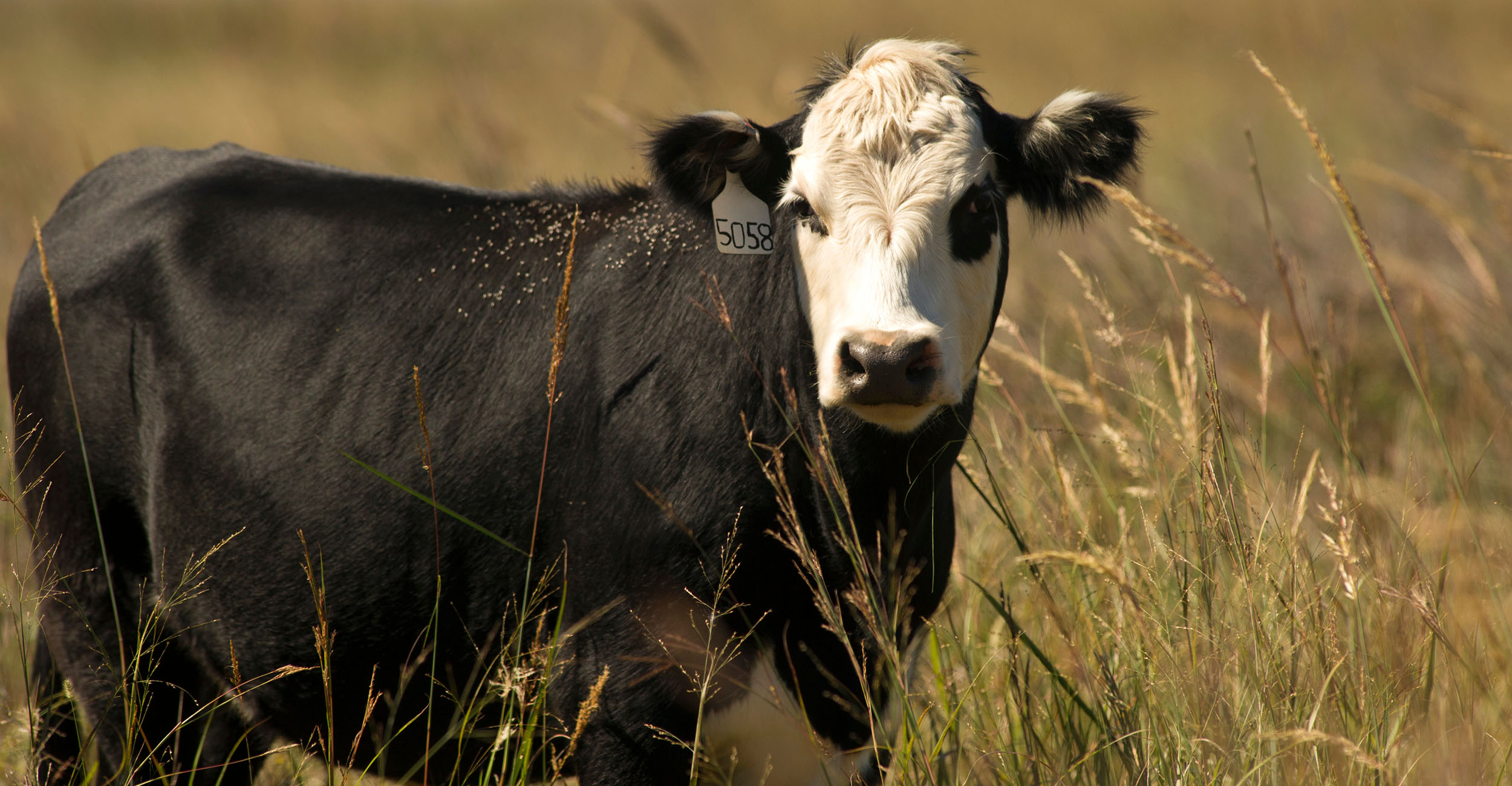
Watch for heat stress in livestock as temps climb
Thursday, June 16, 2022
Media Contact: Gail Ellis | Editorial Communications Coordinator | 405-744-9152 | gail.ellis@okstate.edu
The heat of summer is setting in, and after a cool spring, livestock are not yet fully acclimated to warmer temperatures. In a recent edition of the Oklahoma State University Extension Cow-Calf Corner newsletter, Paul Beck, Extension beef nutrition specialist, said cattle could suffer from heat stress.
“In hot summer conditions, heat transfer failures cause accumulation of body heat resulting in heat stress, reduced performance, animal discomfort or death,” he said. “When animals experience discomfort from heat stress, their behaviors change to reduce heat load.”
These reactive behaviors include increased water consumption, decreased feed intake, seeking shade and standing in water. Beck said water intake per unit of feed intake is twice as high during the summer than in the winter. During heat stress, the linear water space in a body of water or stock tank increases from 1 inch per head to 3 inches per head to allow for sufficient water access.
Cattle alleviate their excess heat load through panting, which is the evaporation of moisture from the respiratory tract. Livestock owners can help animals lower their body temperatures by providing shade, especially for feedlot cattle. Shade relieves and prevents heat stress for cattle in the finishing stage in the following ways:
- Lower respiration rates and body temperatures when external temperatures increase
- Increased average daily gain, hot carcass weights and dressing percentage
- Improved feed efficiency
“Providing shade, if designed correctly, is an effective strategy to reduce heat load by lowering heat accumulation from direct solar radiation and has animal welfare benefits that can improve performance,” Beck said.
Effective shade structures include:
- At least 1.8 to 9.6 square yards of space per head of cattle
- Efficient thermal properties of the shade material
- Sturdy ground cover under the shade
- A height of at least 12 feet to reduce direct solar radiation and increase the shelter’s air movement
- Proper ventilation
Beck said metal shades effectively block direct solar radiation but can gather heat and radiate it onto the animal. Shade cloth is a better option because it allows more air movement and heat dissipation.
Glenn Selk, OSU Extension cattle specialist, discusses how heat stress in cattle can affect reproductive cycles in a 2019 segment of OSU Agriculture’s SUNUP television show.
